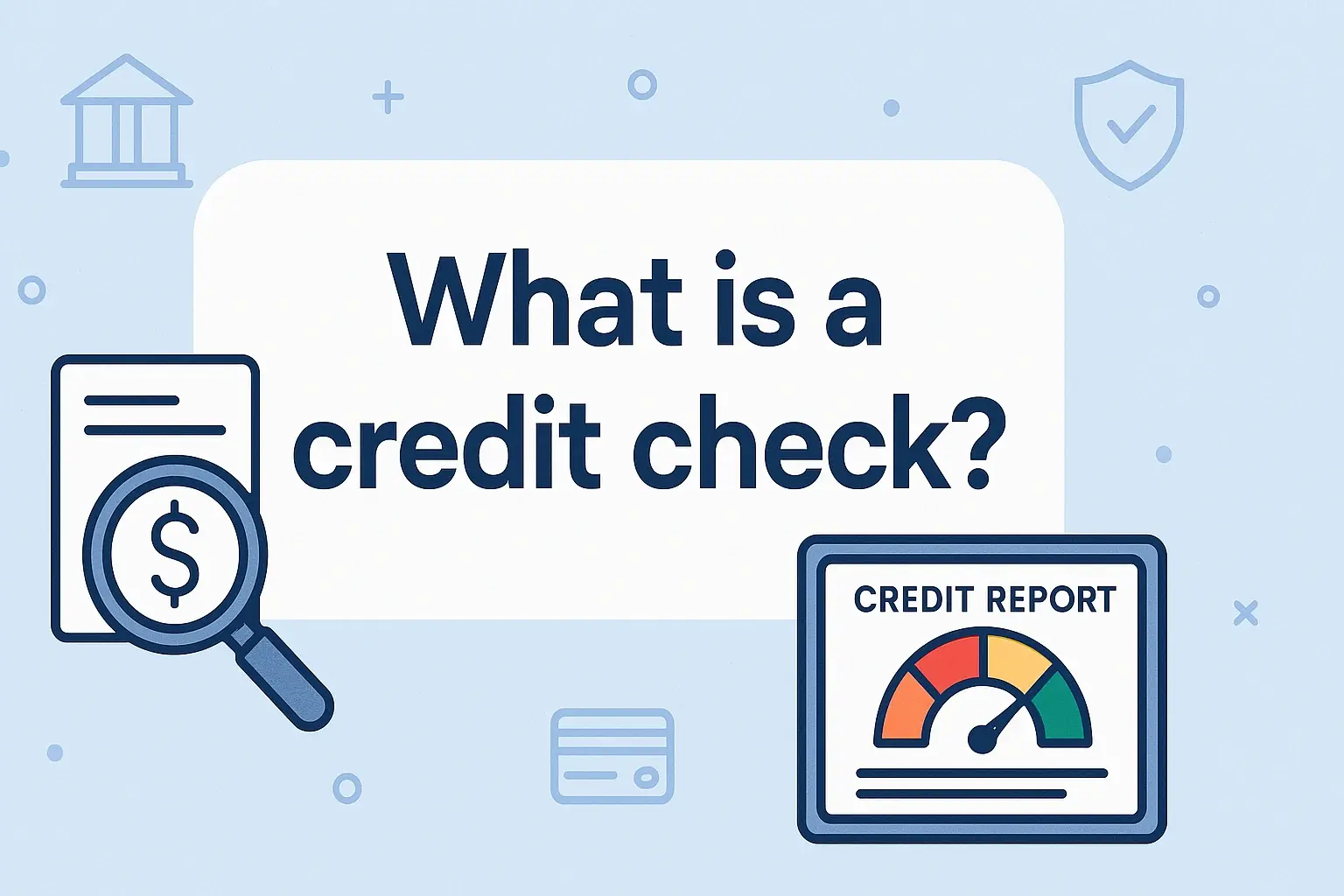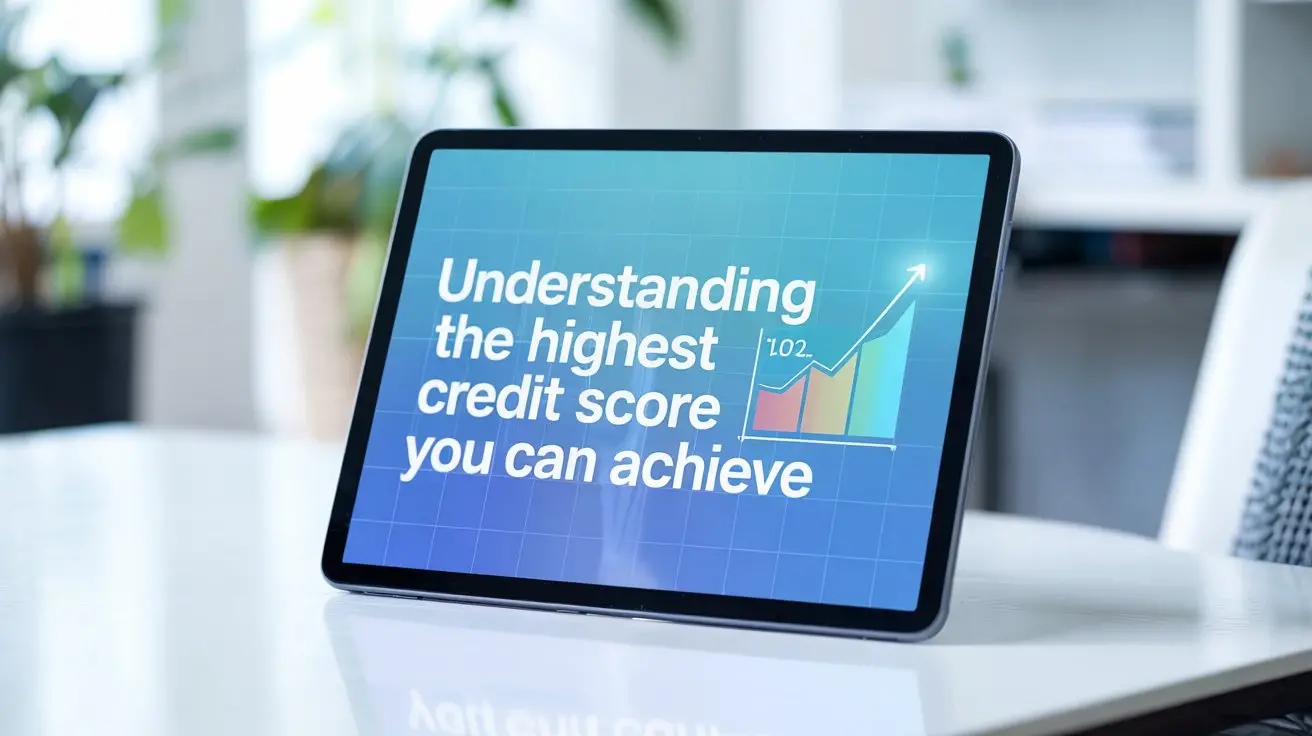-
Posted on: 06 Aug 2024

-
Navigating the world of credit scores and credit reports can be confusing. Two names that frequently come up are Experian and FICO. While often mentioned together, they are distinct entities with different roles in the credit ecosystem. Understanding the difference between Experian and FICO is crucial for managing your credit and making informed financial decisions. This comprehensive guide will break down their key distinctions, helping you gain a clearer picture of how they impact your financial well-being.
What is Experian?
Experian is one of the three major credit reporting agencies (CRAs) in the United States, alongside Equifax and TransUnion. These agencies are often referred to as credit bureaus. Experian's primary function is to collect and maintain information about consumers' credit histories. This information is compiled from various sources, including lenders, credit card companies, and public records.
Key Responsibilities of Experian:
- Collecting Credit Data: Experian gathers data about your borrowing and repayment habits. This includes information about credit cards, loans, mortgages, and other credit-related accounts.
- Generating Credit Reports: Experian uses the collected data to create credit reports. These reports provide a detailed overview of your credit history, including your payment history, outstanding balances, credit utilization, and any negative marks such as bankruptcies or late payments.
- Providing Credit Monitoring Services: Experian offers credit monitoring services that alert you to changes in your credit report, helping you detect potential fraud or errors.
- Selling Credit Reports and Scores: Experian sells credit reports and scores to lenders, creditors, and consumers. Lenders use this information to assess the risk of lending to you, while consumers can use it to monitor their credit health.
- Resolving Credit Report Disputes: If you find an error on your Experian credit report, you have the right to dispute it. Experian is obligated to investigate the dispute and correct any inaccuracies.
What is FICO?
FICO, which stands for Fair Isaac Corporation, is a data analytics company best known for developing the most widely used credit scoring model. FICO doesn't collect credit information itself; instead, it creates a scoring algorithm that analyzes the data provided by the credit reporting agencies (Experian, Equifax, and TransUnion) to generate a three-digit credit score.
Key Aspects of FICO:
- Developing the FICO Score: FICO's primary role is to develop and refine its credit scoring model. This model analyzes various factors from your credit report to predict the likelihood of you repaying your debts on time.
- Using Credit Report Data: FICO scores are based on the information contained in your credit reports from the three major credit bureaus. The same credit report can produce slightly different FICO scores depending on the specific FICO scoring model used.
- Providing Scores to Lenders and Consumers: FICO licenses its scoring model to lenders and other businesses that need to assess credit risk. Consumers can also purchase their FICO scores directly from FICO or through various financial institutions.
- Multiple FICO Score Versions: There are different versions of the FICO score, such as FICO Score 8, FICO Score 9, and industry-specific scores (e.g., FICO Auto Score, FICO Bankcard Score). Lenders may use different versions of the FICO score depending on the type of credit they are offering.
Key Differences: Experian vs. FICO
The fundamental difference lies in their roles: Experian is a credit reporting agency that collects and maintains credit information, while FICO is a data analytics company that develops a credit scoring model that uses the data from credit bureaus like Experian.
Here's a table summarizing the key distinctions:
Feature Experian FICO Role Credit Reporting Agency (Collects and Maintains Credit Data) Data Analytics Company (Develops Credit Scoring Model) Data Source Gathers data from lenders, credit card companies, and public records Uses credit report data from credit bureaus (Experian, Equifax, TransUnion) Output Credit Reports FICO Scores (a three-digit number) Function Provides a detailed history of your credit accounts and payment behavior. Predicts the likelihood of you repaying your debts on time based on your credit history. Direct Impact on Consumers Significant impact through the accuracy and completeness of your credit report. Errors can negatively affect your credit score. Indirect impact. Your FICO score is determined by the data in your credit reports, which Experian helps maintain. How Experian and FICO Work Together
Experian and FICO have a symbiotic relationship. Experian provides the raw data that FICO uses to calculate your credit score. Lenders then use the FICO score (derived from the Experian credit report) to assess your creditworthiness. If there are errors in your Experian credit report, it can negatively impact your FICO score. Therefore, it's essential to regularly review your Experian credit report for accuracy and dispute any errors.
The Process in Detail:
- Data Collection: Experian collects information about your credit accounts from various sources.
- Report Generation: Experian compiles this information into your credit report.
- Score Calculation: FICO's scoring model analyzes the data in your Experian credit report to generate a FICO score.
- Lender Assessment: Lenders use your FICO score (based on the Experian report) to evaluate your credit risk and decide whether to approve your loan application.
Understanding Your Credit Report and FICO Score
Both your credit report and FICO score play vital roles in your financial life. Lenders use these tools to determine your creditworthiness and the interest rates they offer. Understanding how these factors influence your financial opportunities is crucial for effective credit management.
Key Components of Your Experian Credit Report:
- Personal Information: Your name, address, Social Security number, and date of birth.
- Credit Accounts: A list of all your credit accounts, including credit cards, loans, and mortgages. This includes the account type, credit limit or loan amount, current balance, and payment history.
- Payment History: A record of your payment behavior, including whether you've made payments on time, late, or not at all.
- Credit Utilization: The percentage of your available credit that you're using.
- Public Records: Information about bankruptcies, tax liens, and judgments.
- Inquiries: A record of when lenders or other businesses have accessed your credit report.
Factors that Influence Your FICO Score:
While the specific weighting of each factor varies depending on the FICO scoring model, the following are the key components that influence your FICO score:
- Payment History (35%): Making payments on time is the most important factor. Late payments can significantly lower your score.
- Amounts Owed (30%): The amount of debt you owe, and your credit utilization ratio (the amount of credit you're using compared to your available credit) are key factors. Keeping your credit utilization low is beneficial.
- Length of Credit History (15%): A longer credit history generally results in a higher score.
- Credit Mix (10%): Having a mix of different types of credit accounts (e.g., credit cards, loans, mortgages) can positively impact your score.
- New Credit (10%): Opening too many new credit accounts in a short period can lower your score.
How to Improve Your Credit Score
Improving your credit score requires consistent effort and responsible financial habits. Here are some actionable steps you can take:
- Pay Bills on Time: Make all your payments on time, every time. Set up automatic payments to avoid missing deadlines.
- Reduce Credit Card Balances: Keep your credit utilization low by paying down your credit card balances. Aim to use no more than 30% of your available credit, and ideally less than 10%.
- Avoid Opening Too Many New Accounts: Opening multiple credit accounts in a short period can negatively impact your score.
- Monitor Your Credit Report: Regularly review your credit reports from all three major credit bureaus (Experian, Equifax, and TransUnion) for errors and inaccuracies.
- Dispute Errors: If you find any errors on your credit report, dispute them with the credit bureau immediately.
- Become an Authorized User: If you have a friend or family member with a well-established credit history and a low credit utilization ratio, ask if you can become an authorized user on their credit card. This can help you build credit.
The VantageScore: An Alternative Credit Scoring Model
While FICO is the most widely used credit scoring model, VantageScore is another popular option. VantageScore was developed by the three major credit bureaus (Experian, Equifax, and TransUnion) as an alternative to FICO. Like FICO, VantageScore uses data from your credit reports to generate a credit score.
Key Differences Between FICO and VantageScore:
- Scoring Range: Both FICO and VantageScore have a score range of 300-850.
- Data Used: VantageScore can generate a score even with a shorter credit history than FICO. This can be beneficial for young adults or individuals who are new to credit.
- Treatment of Medical Debt: VantageScore 4.0 gives less weight to medical debt in collections than previous versions, which can be helpful for individuals who have experienced medical debt challenges.
- Adoption by Lenders: While both FICO and VantageScore are used by lenders, FICO is generally more widely adopted.
Conclusion
Understanding the difference between Experian and FICO is crucial for managing your credit effectively. Experian is a credit reporting agency that collects and maintains your credit information, while FICO is a data analytics company that develops a credit scoring model that uses this information. By regularly monitoring your credit reports from Experian and understanding how your FICO score is calculated, you can take proactive steps to improve your credit health and achieve your financial goals. Remember to dispute any errors on your credit report, pay your bills on time, and keep your credit utilization low to maintain a healthy credit profile.











